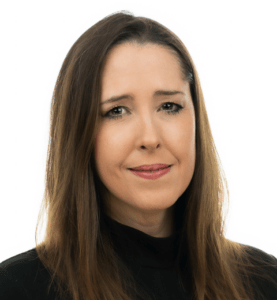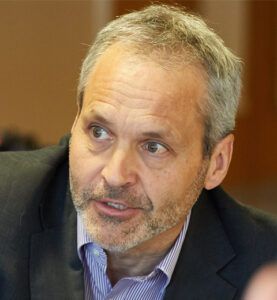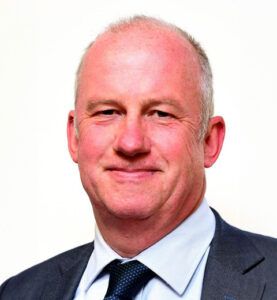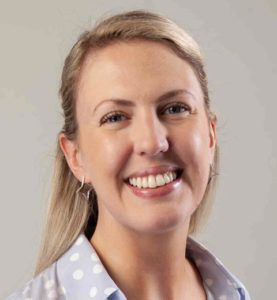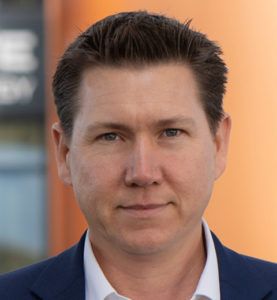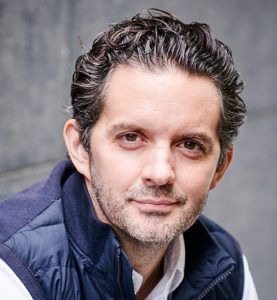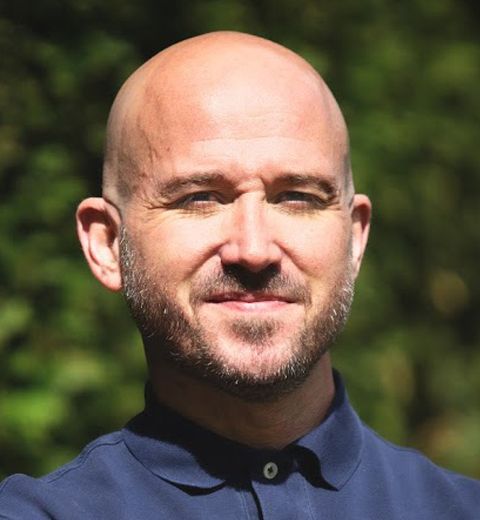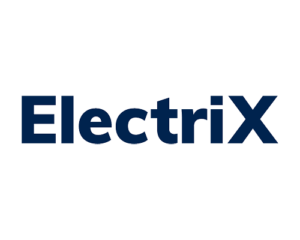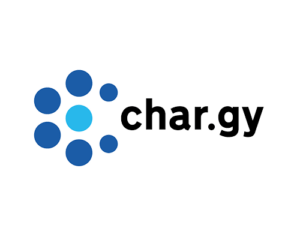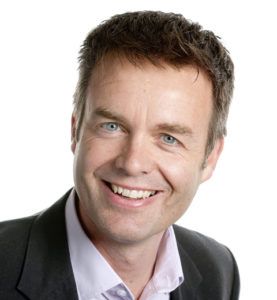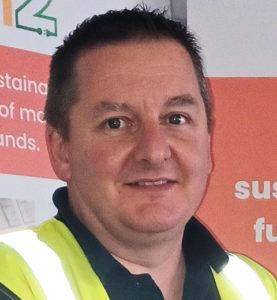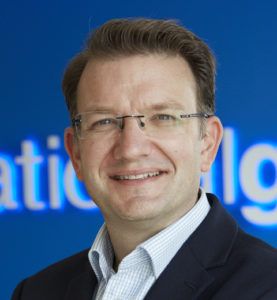SSEN preparing for net zero transition
Scottish and Southern Electricity Networks (SSEN) Distribution has published research that shows unprecedented growth in low carbon and digital technologies, demanding exponential growth in networks to support the net zero transition – including being ready for two million electric vehicles (EVs) by 2030, up from less than 100,000 today.
SSEN’s latest Distribution Future Energy Scenarios (DFES), published annually, provide granular detail about the emergence of new technologies on its distribution networks in central southern England and the north of Scotland. Publication this year coincides with the start of SSEN’s new price control period which will run to 2028, a period that the business has warned will be critical in building the infrastructure to support UK and Scottish Governments’ legally binding climate change targets.
The cost-of-living crisis has had the dual impact on SSEN’s communities of increasing vulnerability among some customers whilst also creating additional incentives, for those that can afford it, to adopt technology such as electric vehicles (EVs). SSEN has enhanced its work to tackle fuel poverty and, in the years ahead, will focus on the societal disparities that mean some people stand to benefit from the net zero energy system and others will not – unless definitive action is taken.
DFES figures are core to SSEN’s network planning and investment process and are shared with local stakeholders to inform regional projects. The key findings of this year’s reports are that in just seven years’ time (by 2030) SSEN’s networks must be ready for:
- Nearly two million electric vehicles (EVs), up from less than 100,000 today
- Nearly 700,000 heat pumps in households, an increase of nearly 1,300% on today’s levels;
- The emergence of a significant new source of electricity demand through hydrogen electrolysis, increasing from today’s levels of 2MW in both licence areas to a total of 242MW by 2030;
- Battery storage that is forecast to increase by well over 2,000% compared to existing connections.
SSEN’s licence area covers both central southern England and the north of Scotland, with distinct net zero opportunities. SSEN’s licence area in central southern England has some of the best solar irradiance in the UK so it is unsurprising that solar generation already accounts for significant levels of electricity generation in the area, but this will almost triple by 2030 – just seven years away. New sources of generation, such as energy from waste and bioenergy are set to become increasingly dominant as old, fossil-fuelled generation is decommissioned and hydrogen-fuelled generation may start to emerge with 19MW modelled to connect by 2030.
SSEN’s southern region is also likely to see major demands on network capacity, with one of Europe’s largest operational battery storage projects of 100MW already connected to the southern network and a request to increase its capacity by 50%.
Driven by strong Scottish Government policy ambition, the north of Scotland is beginning to see steady uptake of the technologies that will be needed to reach the net zero target by 2045. Drivers are switching to cleaner transport, with a 57% increase in EVs over the past year, which means approx 1% of all cars on north Scottish roads are now powered by batteries.
With some of the best wind speeds in the UK and 2.1GW of onshore wind already connected, the foundations are laid for the anticipated trebling of renewable generation by 2030, spread across wind, solar, hydro and marine capacity. Hydrogen generation is also due to emerge for the first time, with 22MW forecast to connect by 2030. Battery storage also starts from a low baseline of just 8MW but is projected to increase to 1.9GW in seven years’ time.
The DFES reports, undertaken by sustainable energy experts, Regen, use National Grid’s Future Energy Scenarios as a framework to forecast four potential outcomes. The baseline figures are taken from 2021.
Adam Bain, Whole System Development Manager at SSEN, said: “Our annual DFES reports are an essential part of the evidence base we use to make sure our network is ready for a net zero future. This year’s findings illustrate how we must step up to the challenge to ensure our business and our networks are ready for the colossal changes that are already happening. The combination of trends to tackle climate change and the increasing digitalisation of our society means new forms of generation and demand are already connecting to our network and will increase exponentially.
“The granularity of the data we publish is thanks to detailed input we receive from local and regional stakeholders, who share their time and expertise to ensure these figures are as accurate as possible. I would like to thank all contributors and look forward to working with them in the years ahead, to support their net zero transitions.”
Tamsyn Lonsdale-Smith, Senior Energy Analyst, Regen said: “The DFES are a keystone piece of analysis looking at the uptake of both demand-side technologies, such as EV chargers and heat pumps, and large-scale generation and storage projects. Due to an increase in project developer activity in the past year, we’ve seen a significant growth in the number of new projects seeking to connect to the distribution network since the 2021 DFES were completed. This includes significant solar PV projects in Southern England, onshore wind projects in the North of Scotland and a larger-than-ever pipeline of prospective battery projects across both licence areas.
“There are many factors to consider when assessing how much of this pipeline volume will be built, such as planning, project finance and market activity. The DFES resultantly provide a credible set of potential future outcomes up to 2050, backed by significant input from regional stakeholders, to inform SSEN where they need to prioritise their network investment to enable the net zero transition.”
The reports for both distribution areas are available online for the north of Scotland (here) and central and southern England (here).
Image courtesy of SSEN.






